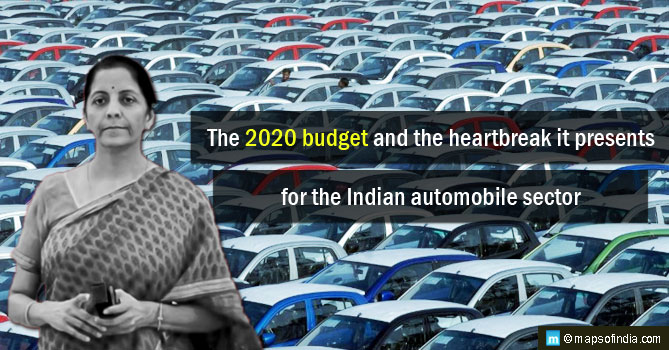The auto sector was not only ignored in the budget but the Finance Minister did not even include any announcements about the electric vehicle charging infrastructure.
Here is How Budget 2020 Ensured a Bumpy Ride for Indian Automobile Sector Budget 2020 Disappoints Automobile Industry

